An example of commercial landscaping in Lubbock
Lubbock’s landscaping requirements might have gone too far nearly a year ago when the city adopted the Uniform Development Code. There’s an effort, along with a public hearing in late September, to fix that for commercial and industrial properties.
Under the old code, landscaping in Lubbock was like the Wild West.
“You would have people putting down 99 percent gravel, throw one tree out there and call it ‘landscaping,’” said Kristen Sager, director of planning for the City of Lubbock. “That’s not how we want our city to look.”
The 2023 update was “absolutely needed,” she said.
“I think we came in with a lot of regulations with this UDC to make sure that we were going to have a really nice-looking city,” Sager said.
Yes, but.
Terry Holeman, vice president of development services for Hugo Reed and Associates (an engineering firm which provides research and design services), agreed the changes were needed but maybe missed the mark for commercial and industrial properties.
“I think the pendulum swung a little bit too far the other direction and imposed such onerous landscape requirements on commercial development and industrial development that it began to be a pretty-harsh economic hit. And there are some things that just didn’t really work.”
Holeman along with other professionals asked the city to dial it back.
The City Council will meet jointly with the Planning and Commission Zoning Commission on September 26 at 6 p.m. in the council chambers. They’ll talk about 28 amendments which you can read here.
With one exception, homeowners won’t face any changes. But it will make things easier for someone wanting to rehabilitate commercial or industrial property in an older area of town.
What’s not working
“One of the big contentious items was buffer yards,” Holeman said.
According to AmLegal.com, “A ‘buffer yard’ is a landscape area which serves to physically and/or visually separate land uses … ”
The UDC requires a landscape strip with bushes, trees and grass on the back side of a commercial property – often out of view by the public, Holeman said.
“And so, we all agreed that that just didn’t make a whole lot of sense,” Holeman said. “The landscapers worked with city staff to refine these landscape requirements to make them a little more real world for Lubbock, Texas.”
Sager said, “The suggestion we heard from multiple people was, ‘I’m willing to build a solid masonry fence rather than having to do the landscaping.”
A wall might be better to protect neighborhoods from noise. Buffer yards are not going away but there will be other options sometimes, Sager said.
There will also be fewer restrictions on plants.
“Right now, the code has restrictions on the percent of any one species of plant,” Sager said.
But it goes deeper than that.
“We have an approved plant list and our prohibited plant list that restricts creativity. We’re getting rid of those requirements,” Sager said.
Landscaping commercial or industrial facilities in older areas got tougher under the 2023 requirements.
“You might have a vacant lot here and there. Now your vacant lot is gonna be the only one [required to meet the 2023 standard],” Sager said.
Holeman told the City Council and the Planning and Zoning Commission in July that allowing for something called contextual landscaping to match nearby properties is a better idea.
If the amendments pass, Holeman said it will help rehabilitate older areas of town.
Sager thought an area east of Milwaukee Avenue between 45th and 47th streets might benefit along with an area near 23rd Street and Avenue B.
Slideshow: examples of commercial landscaping (or landscaping under construction) in West Lubbock
Realistic requirements for Lubbock
Xeriscaping, a form of landscape that needs little or no water, will be easier in the proposed changes. There remains in the proposed amendments a requirement for five plants for every 100 square feet.
Holeman said, “The reality is we are in an arid and semi-arid climate, right? And so, we’re just not gonna have a lush green environment like you see in the Dallas area. We’re just not going to have that.”
“I think the goal was to impose, hopefully just at least a minimum set of standards,” Holeman said.
Sager said, “We’ve heard the concerns that some of our requirements have caused. And so I think these are good and then so I think these are going to put us in a good middle ground where we’re still going to have a nice-looking city. We’re still going to have more landscaping than we did under the former code, but it’s gonna be manageable.”
If the amendments pass, a particular kind of residential neighborhood called a cluster subdivision will no longer need a buffer yard managed by an HOA (homeowners association) or PID (public improvement district). Otherwise, there are no changes for residential areas.
A cluster subdivision puts homes closer together and then preserves other land for open space for conservation, parks or community gardens.
There could be even more changes later on.
Holeman said, “It would not surprise me that if they come back in a year and say, ‘You know what, maybe this is something we could do a little bit better.’”
Comment, react or share on our Facebook post.

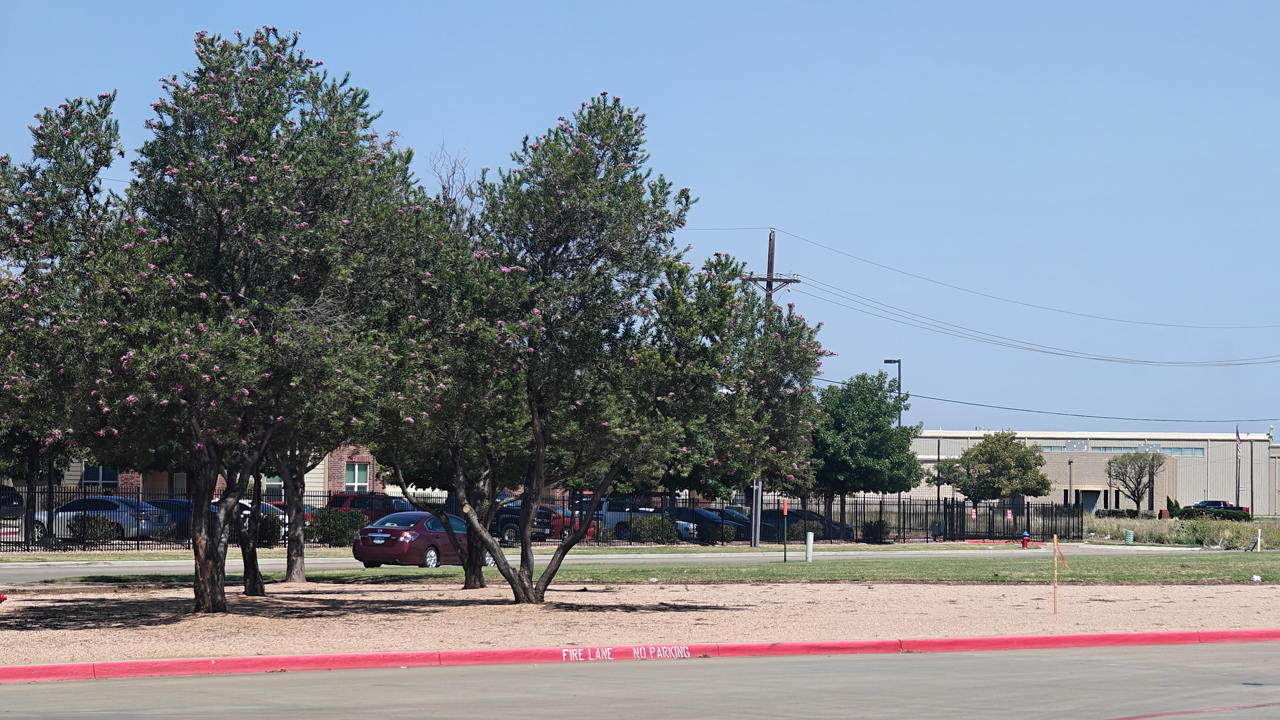
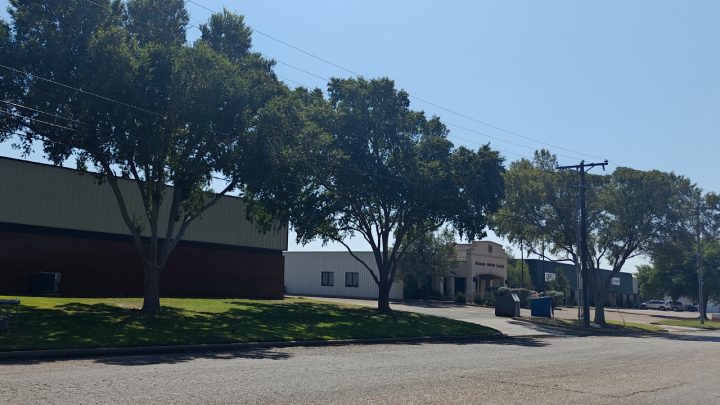
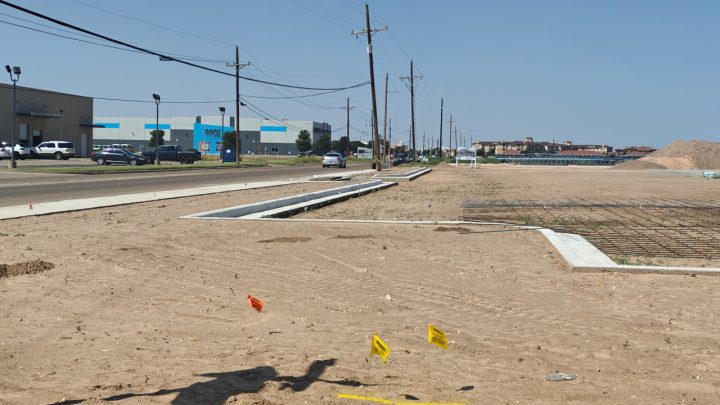
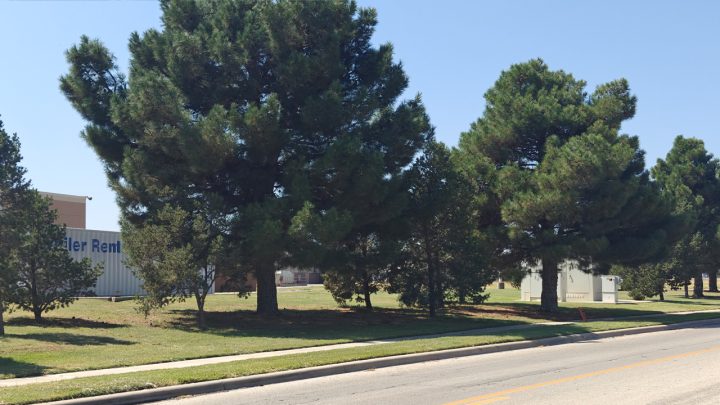
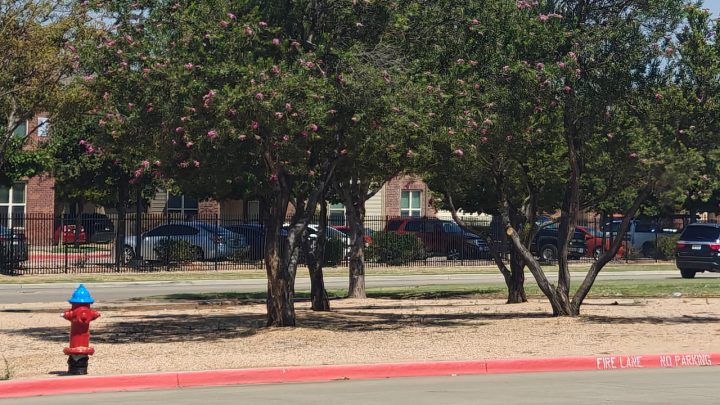
 Facebook
Facebook